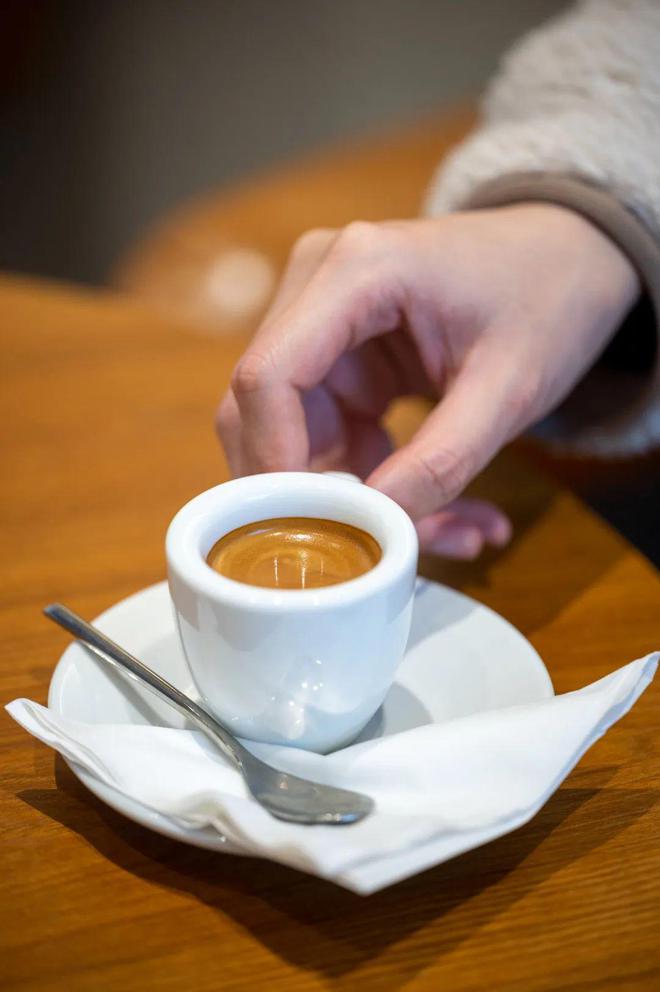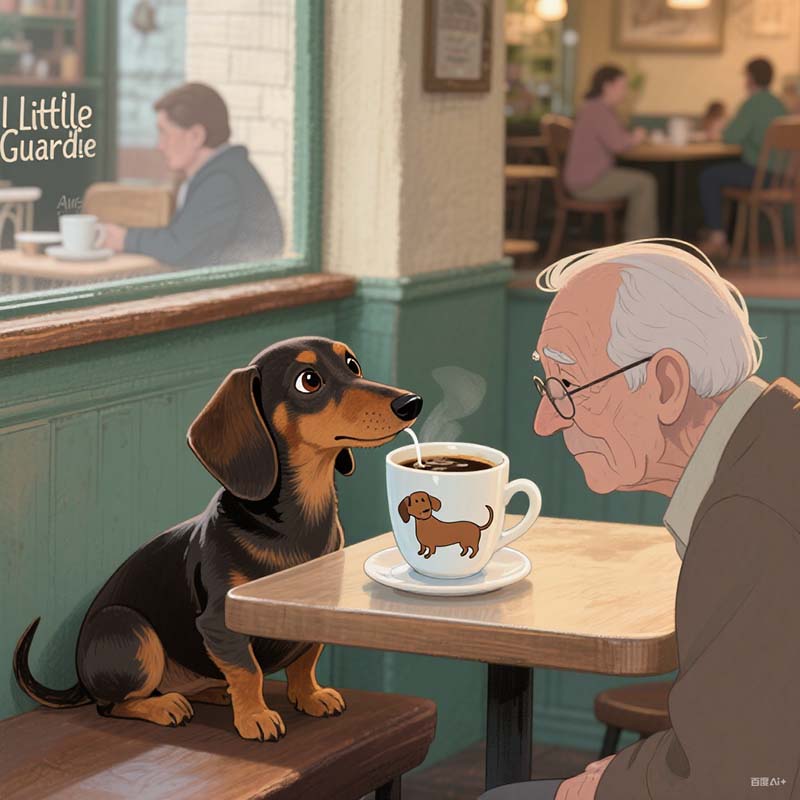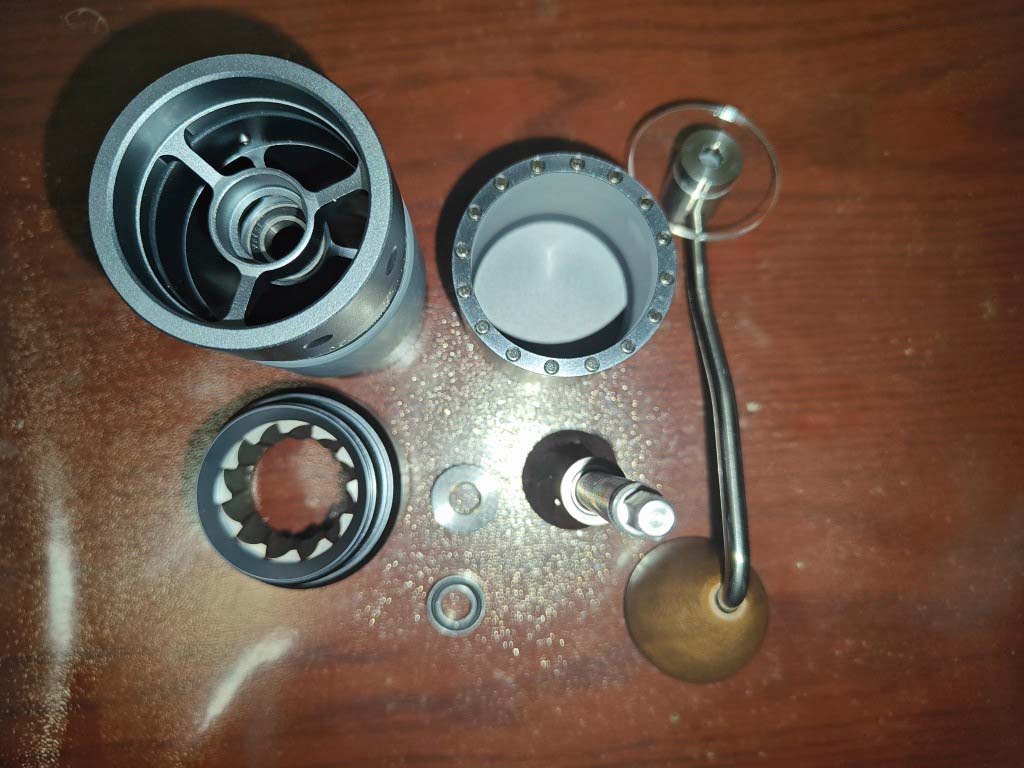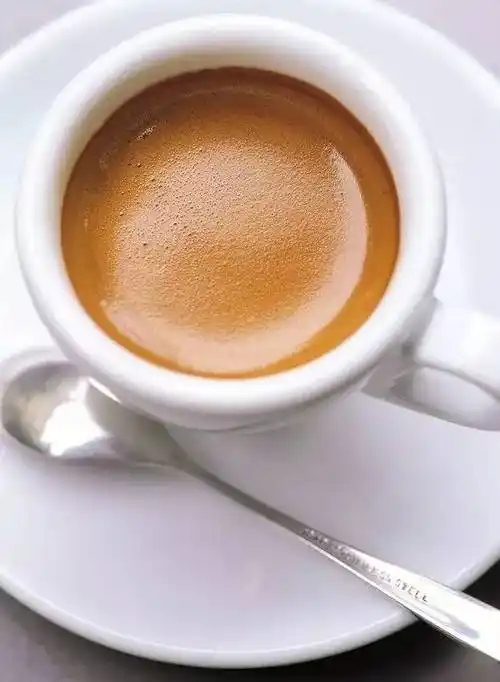
Italian vs. UK Coffee: Why Does Espresso in Italy Keep You Awake Less?
If you love coffee and have traveled to Italy, you might have noticed something odd: you can drink several espressos a day—even in the evening—and still fall asleep with no trouble! Yet back in the UK (or the US, Australia, etc.), one or two coffees after lunch can leave you restless and wide-eyed until late at night. Is Italian coffee really less intense, or is something else at play?
This blog post unpacks a recent popular Reddit thread where travelers and coffee enthusiasts debate whether there’s an actual caffeine difference between Italian and UK espresso, what factors are involved, and how your coffee habits abroad might affect your sleep.
- Is There Really Less Caffeine in Italian Espresso?
Yes, often there is!
Here’s why:
- Coffee Dose Size:
- Traditional Italian espresso usually uses 6-8 grams of coffee per single shot.
- Specialty coffee in places like the UK, Australia, or the US often uses 9-12 grams per shot—and often serves doubles by default.
*** Bean Variety:**
- Italian blends may include Robusta beans, which have nearly twice the caffeine of Arabica.
- But many high-quality Italian brands actually use 100% Arabica, which has lower caffeine.
*** Caffeine Content Breakdown:**
- Arabica beans: 1-1.4% caffeine content → 7g yields 70-98mg caffeine (actual cup often 60-75mg after extraction).
- Robusta beans: 1.8-2.5% caffeine by weight (more potent).
- UK Specialty shot (11g): 110-154mg potential—sometimes double the caffeine per shot!
Conclusion: A standard Italian espresso typically delivers less caffeine per serving compared to your average specialty coffee shop “double shot” in the UK or US.
- Why Does Italian Espresso Feel Different on Your Body?
Serving Size Matters: Italians love small, quick ristrettos with less extraction, meaning less caffeine in each cup.
Standard Order: In Italy, singles are the default; in UK/US specialty shops, a double shot is often standard.
Roasting Approach: Although dark roasts seem “stronger,” they are actually less dense, so more beans are needed, but the total caffeine difference is often minor.
Activity and Vacation Mode: When traveling, you likely walk more, eat plenty of carbs, and enjoy sunny days—all of which can help you “burn off” caffeine or simply feel more relaxed, lowering perceived effects.
- Other Factors to Consider Extraction Methods: Ristretto (short extraction) shots common in Italy deliver less caffeine than longer-extracted coffee.
Chlorogenic Acids: Lighter roasts (common in specialty coffee) have more CGA, which may amplify the “jittery” feeling for some people.
Inconsistent Standards: Coffee prep methods, dosing, and beans vary wildly by country and café, so caffeine content is never exactly the same.
- Takeaway Tips for International Coffee Lovers Always check whether you’re getting a single or double espresso shot—especially in specialty coffee shops. If you’re sensitive to caffeine, ask what beans are used (100% Arabica = less caffeine) and request a smaller size or a ristretto. Take into account how your travel routine (more walking, better mood, different meals) might change how caffeine affects you.
Summary The reason you can happily drink multiple espressos in Italy but need to cut yourself off after lunch back home boils down to smaller doses, possibly lower-caffeine beans, and a different lifestyle while on vacation. Coffee culture and preparation standards truly shape your caffeine experience. Next time you grab a coffee abroad (or even at home), consider both what’s in the cup and the lifestyle around it—you might sleep better for it!
Have you ever experienced a “coffee paradox” when traveling?
Share your story in the comments below!


